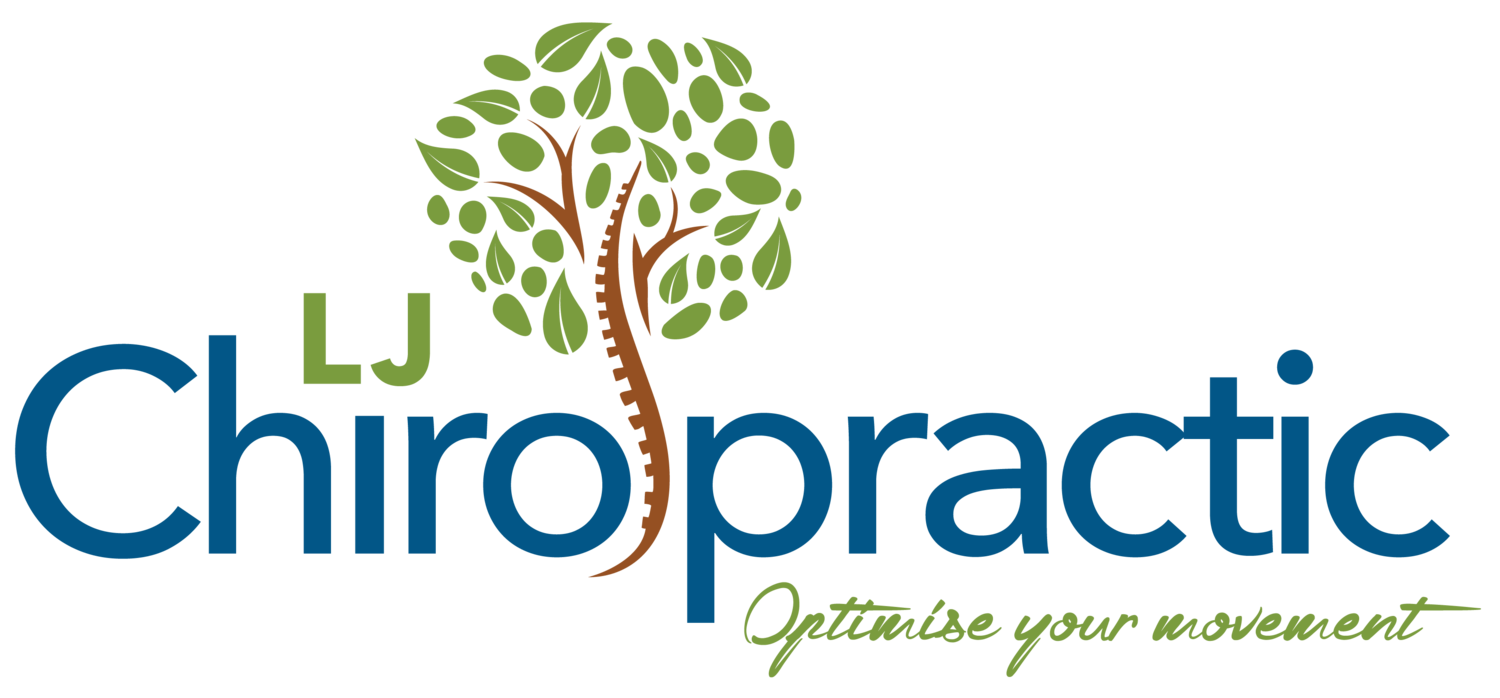Osteoarthritis (OA) is a degenerative joint disease characterised by pain, stiffness, swelling, and limited movement. OA affects millions of people every year, especially older adults. The condition often leads to disability and reduced quality of life.
Osteoarthritic changes occur in cartilage, bone, ligaments, tendons, muscles, and other soft tissues. These changes cause inflammation, pain, and stiffness. In some cases, these symptoms become severe enough to require surgery or medication.
"Osteoarthritis" is a term used to describe arthritis caused by wear and tear on joints. This type of arthritis usually occurs after age 40. There are two types of osteoarthritis: primary and secondary. Primary osteoarthritis is due to injury or trauma to the joint. Secondary osteoarthritis is caused by another medical problem such as rheumatoid arthritis, gout, or lupus.
What is the main cause of osteoarthritis?
The main causes of osteoarthritis include genetics, obesity, aging, heredity, and mechanical stress.
Genetics play an important role in the development of osteoarthritis. Some studies have shown that there may be a genetic link between osteoarthritis and certain diseases like diabetes, heart disease, and cancer.
Obesity can also contribute to the development of osteoarthritis. Obesity increases pressure on weight-bearing joints, which puts extra strain on the knee, hip, ankle, and foot. Weight loss through diet and exercise can help reduce this pressure.
Ageing is another factor that contributes to the development of osteoporosis and osteoarthritis. As we get older, our bones lose calcium, making them more brittle and susceptible to fractures. Bones weaken over time, causing them to break easily.
Heredity plays a role in the development of both osteoarthritis and osteoporosis. If your parents had either one of these conditions, you are at higher risk for developing it yourself.
Mechanical stress is the most common cause of osteoarthrits. When you walk, run, jump, twist, bend, squat, kneel, climb stairs, or lift heavy objects, your body experiences repetitive motion. Over time, this repeated motion can lead to damage in the joints.
How does osteoarthritis affect the body?
When you have osteoarthritis, the cartilage cushioning the ends of your bones wears down. Cartilage acts as a shock absorber, allowing your bones to move smoothly without friction. Without cartilage, the bones rub against each other, causing pain and stiffness.
As the cartilage deteriorates, the bones begin to shift and rub together. Eventually, the bones stop moving smoothly, and they start rubbing directly on the underlying bone. This creates even greater pain and discomfort.
When the cartilage has completely worn away, the bones rub directly against each other. This causes extreme pain and stiffness.
In addition to pain and stiffness, osteoarthritis can also cause problems with balance and coordination. It can make it difficult to stand up straight, walk normally, sit comfortably, and perform daily tasks.
What is the best treatment of osteoarthritis?
There are many treatments available for osteoarthritis. The goal of any treatment is to relieve symptoms and improve function so that patients can live their lives to the fullest.
Treatment options include medications, physical therapy, injections, surgery, and lifestyle changes.
Medications are often prescribed to treat osteoarthritis. These drugs work by reducing inflammation and relieving pain. They do not cure osteoarthritis, but they can provide some relief from the symptoms.
Physical therapy like Chiropractic treatmebt is another great option for treating osteoarthritis. Physical therapists teach people how to strengthen muscles around the affected area. They also show patients exercises that can help prevent further deterioration of the joints.
Surgery is sometimes necessary if medication fails to provide adequate relief from pain and stiffness. In some cases, joint replacement may be an option.
Lifestyle changes are important when managing osteoarthritis. For example, avoiding activities that put too much stress on the knees can help keep them healthy.
It’s also important to maintain good posture. Good posture helps protect your spine and keeps your back strong.
If you have been diagnosed with osteoarthritis, talk to your doctor about what treatment options might be right for you.
Getting treatment for osteoarthritis
Osteoarthritis is common among people. Our team at LJ Chiropractic, Courtney Meleisea, Sophia Karikala and Li Jen Wong are experts when it comes to managing arthridities in lower back, neck, thoracic, knee or shoulder conditions. We believe preventative chiropractic care and management prior to pain determines the longevity of joint movement and prevents injuries occurring, allowing you to lead an active lifestyle. LJ Chiropractic offers tailored treatment options to accommodate the varied needs of our patients. Contact us now for your examination!


